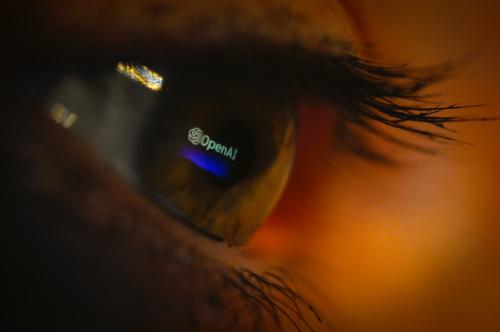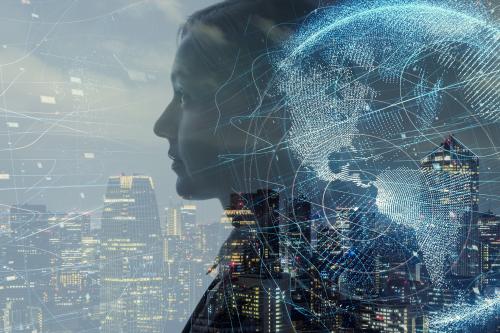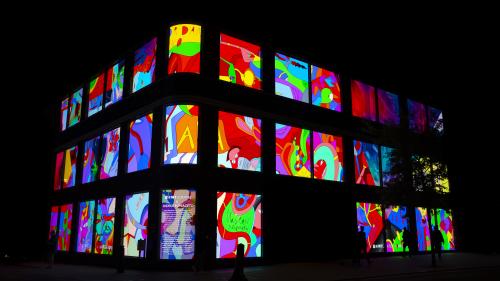The question of how to handle AI inventions from a policy perspective is particularly timely given the extraordinary recent advances in AI. AI inventions can be defined as “inventions for which an AI system has contributed to the conception in a manner that, if the AI system were a person, would lead to that person being named as an inventor.” (This is my own definition, not a formalized legal definition).
In mid-February, the U.S. Patent and Trademark Office (PTO) released a “Request for Comments Regarding Artificial Intelligence and Inventorship.” The request, which is part of the PTO’s broader effort to engage in issues at the nexus of AI and innovation, invites responses on questions including “How is AI, including machine learning, currently being used in the invention creation process?” and “If an AI system contributes to an invention at the same level as a human who would be considered a joint inventor, is the invention patentable under current patent laws?” Responses are due by May 15, 2023.
In a law review article published in late February in the Santa Clara High Technology Law Journal, I propose that AI inventions should be patentable under a broadened view of conception, with inventorship attributed to the people who use AI tools as extensions of their mind.
In the article, I provide four options for addressing AI inventions. The first is to deem them unpatentable on the grounds that patenting them would require listing a non-human inventor in violation of the Patent Act. As I explained in an August 2022 TechTank post, the Federal Circuit’s decision that month in Thaler v. Vidal made clear that the definition in the Patent Act of “inventor” requires that inventors be human. Therefore, under current patent law, naming AI systems as inventors isn’t possible. But that shouldn’t be the end of the story. After all, AI has enormous potential in relation to inventions, and U.S. patent policy should provide a mechanism to harness the power of AI to enhance innovation.
A second option is to deem AI inventions patentable by revising the Patent Act to allow AI systems to be named as inventors or co-inventors. But this would require Congress to make a fundamental change to U.S. patent law. It would also raise a host of new challenges. For instance, how would an AI system exercise the rights and responsibilities associated with inventorship, including signing the inventor’s oath or declaration that must accompany a patent application, assigning ownership of the patent to a third party, or, in the event of litigation involving a dispute over inventorship, testifying under oath in a deposition or at trial?
A third option is to modify patent law to include an “invention made for hire” framework analogous to “work made for hire” in copyright. Under this approach, a company or university would be the inventor for AI inventions made by its AI systems. But this would involve complex line drawing exercises to determine which inventions are AI inventions subject to this new legal framework. It would also disincentivize human employees, who might be concerned that an invention made for hire approach would reduce their opportunities to be listed as inventors.
The fourth—and, I believe, the best—option is to deem AI inventions patentable under an expanded understanding of conception. Under this approach, people who use AI systems as extensions of their mind should be deemed to have conceived inventions generated through the use of those systems.
“Attributing AI inventions to the people who use AI systems as extensions of their mind has multiple advantages.”
The conception of an invention is defined as “the formation, in the mind of the inventor, of a definite and permanent idea of the complete and operative invention, as it is hereafter to be applied in practice.” Notably, this definition comes not from the text of the Patent Act, but rather from an 1890 treatise by William Robinson titled “The Law of Patents for Useful Inventions.” The Federal Circuit has cited this definition many times over the decades, including as recently as 2021.
Attributing AI inventions to the people who use AI systems as extensions of their mind has multiple advantages. It would promote investment in AI to complement and enhance human creativity, while avoiding the challenges involved in permitting non-human inventors. It requires no change to the Patent Act, and instead only requires viewing Robinson’s 1890 definition of conception through a broader lens.
Of course, as with any approach, this option has potential challenges as well. Most notably, it can be difficult to determine which of the multiple people who might have engaged to various degrees with an AI system should be named the inventors on the resulting inventions. But while these questions can be complicated, inventorship questions in a non-AI context are often complex as well.
The bottom line is that if patent policy is to best promote innovation and economic competitiveness in the era of AI, it will need to incentivize investment in the use of AI as a means to expand the power of human creativity. Broadening our understanding of conception in patent law can achieve that goal.
The Brookings Institution is committed to quality, independence, and impact.
We are supported by a diverse array of funders. In line with our values and policies, each Brookings publication represents the sole views of its author(s).








Commentary
AI inventions: Policy options and a path forward
March 6, 2023